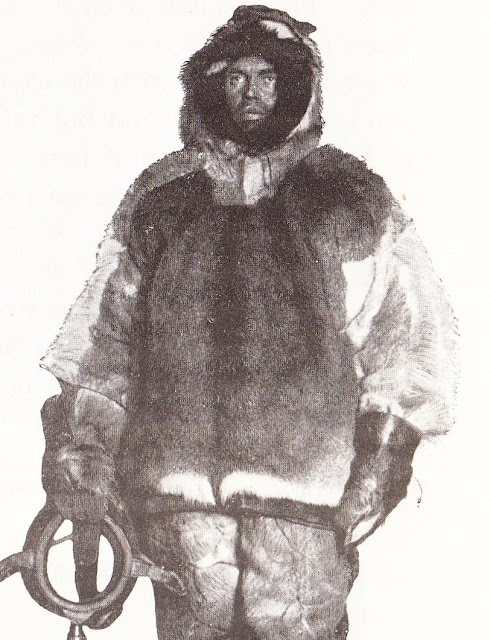The route from the Fram Winter Quarters to the South Pole was 60 miles closer than Scott's quarters. 400 miles to the east was Shackleton's earlier attempted route from McMurdo Sound. Shackleton was 112 miles from the Pole when he was forced to retreat. Robert Scott followed this route and achieved the South Pole on January 17, 1912.
"The Pole...Great God! this is an awful place and terrible enough for us to have laboured to it without the reward of priority. Well, it is something to have got here, and the wind may be our friend to-morrow. Now for the run home and a desperate struggle. I wonder if we can do it. "
These words are from British explorer Scott's diary of 17 January 1912 on the subject of the Antarctic South Pole. They had just arrived at the South Pole, only to find that the Norwegian explorer Amundsen had got there a month before them. Already in bad shape, the British team were bitterly disappointed, and had to face the long journey back in the knowledge that they were not the victors. Technically, these were not Scott's last words, since he did not die for another 2 months. But they mark an absolute turning point in his fortunes, and resonate with the desperation the team must have felt and their foreboding of death on the return journey, during which all of the five-man team perished.
Two of the members perished on the return before Scott and the other two succumbed in their tent 11 miles from a food cache.
|













-en.svg.png)

No comments:
Post a Comment